You're looking for the r+/a+/w+ mode, which allows both read and write operations to files.
With r+, the position is initially at the beginning, but reading it once will push it towards the end, allowing you to append. With a+, the position is initially at the end.
with open("filename", "r+") as f:
# here, position is initially at the beginning
text = f.read()
# after reading, the position is pushed toward the end
f.write("stuff to append")
with open("filename", "a+") as f:
# here, position is already at the end
f.write("stuff to append")
If you ever need to do an entire reread, you could return to the starting position by doing f.seek(0).
with open("filename", "r+") as f:
text = f.read()
f.write("stuff to append")
f.seek(0) # return to the top of the file
text = f.read()
assert text.endswith("stuff to append")
(Further Reading: What's the difference between 'r+' and 'a+' when open file in python?)
You can also use w+, but this will truncate (delete) all the existing content.
Here's a nice little diagram from another SO post:

